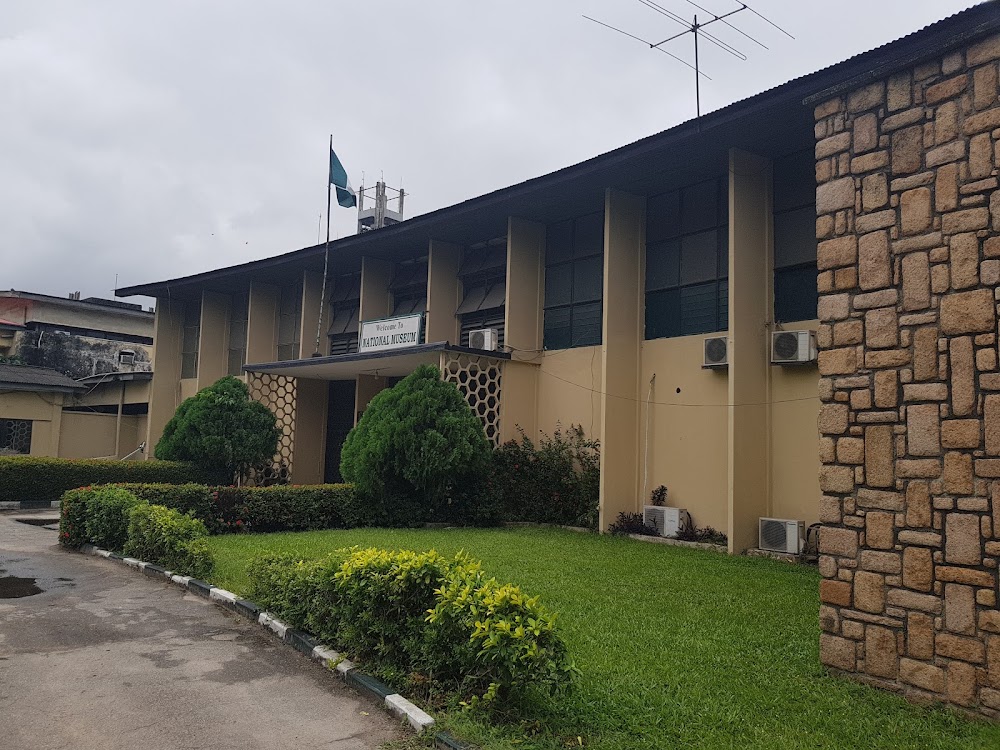National Assembly Complex (Majalisar Dokokin Tarayya)
Overview
The National Assembly Complex in Abuja, Nigeria, is a stunning representation of modern Nigerian architecture and serves as the heart of the country's legislative processes. This magnificent structure hosts Nigeria's bicameral legislature, which consists of the Senate and the House of Representatives, playing a crucial role in shaping the nation's governance.
Planning for the National Assembly Complex began in the early 1980s when Nigeria relocated its capital from Lagos to Abuja. This strategic move aimed to establish a more centralized and neutral location for the government. The master plan for Abuja was led by the International Planning Associates (IPA), a consortium of American firms that included extensive designs for various governmental buildings, with the National Assembly being a centerpiece.
Construction of the complex officially commenced in 1996 under General Sani Abacha's administration, following the innovative design of renowned Japanese architect Kenzo Tange. This initiative was part of a larger project to complete the infrastructure of the Federal Capital Territory during that period, culminating in a structure that embodies both history and progress.
Located in the Three Arms Zone of Abuja, which also accommodates the Presidential Complex and the Supreme Court, the National Assembly Complex is easily identifiable by its striking dome, which sits prominently above the main building. This unique dome symbolizes unity and sovereignty, reflecting Nigeria's aspirations for national cohesion and democratic governance.
The complex is more than just a single building; it is a sprawling compound that includes the chambers for both the Senate and the House of Representatives. The Senate chamber features a deep red color scheme, while the House of Representatives is adorned in green, echoing the colors of the Nigerian flag. Each chamber is equipped with cutting-edge technology, including electronic voting systems and comprehensive audio-visual setups for live broadcasting, ensuring efficient legislative activities.
The construction of the National Assembly Complex took approximately three years, with major work concluding in 1999, a pivotal year when Nigeria transitioned from military rule to democracy. This timing imbues the completed structure with a sense of hope and new beginnings. The project saw collaboration between various international contractors and local professionals, ensuring the highest standards of quality were met.
Architecturally, the complex exemplifies a captivating blend of traditional Nigerian elements and modern design. Its expansive spaces, grand columns, and soaring ceilings are complemented by intricate Nigerian art and motifs, encapsulating the country’s rich cultural heritage while embracing a forward-looking vision.
The surrounding landscape has been meticulously designed to enhance the complex's aesthetic appeal, featuring manicured lawns, beautiful fountains, and strategically placed trees that provide shade and ambiance for visitors and dignitaries alike.
Over the years, the National Assembly Complex has evolved beyond its primary legislative function, becoming a symbol of Nigerian democracy and governance. It hosts various national events and public hearings and has become a notable site of interest for tourists exploring the capital city.
To ensure the complex remains in optimal condition, continuous refurbishments and updates are regularly conducted. The management is committed to reflecting the dynamic nature of Nigerian politics, always prepared to accommodate the nation's legislative needs.
In conclusion, the National Assembly Complex stands as a tribute to Nigeria’s political evolution and its unwavering commitment to democratic principles. This impressive structure beautifully merges the past with the present while looking forward to a promising future.









